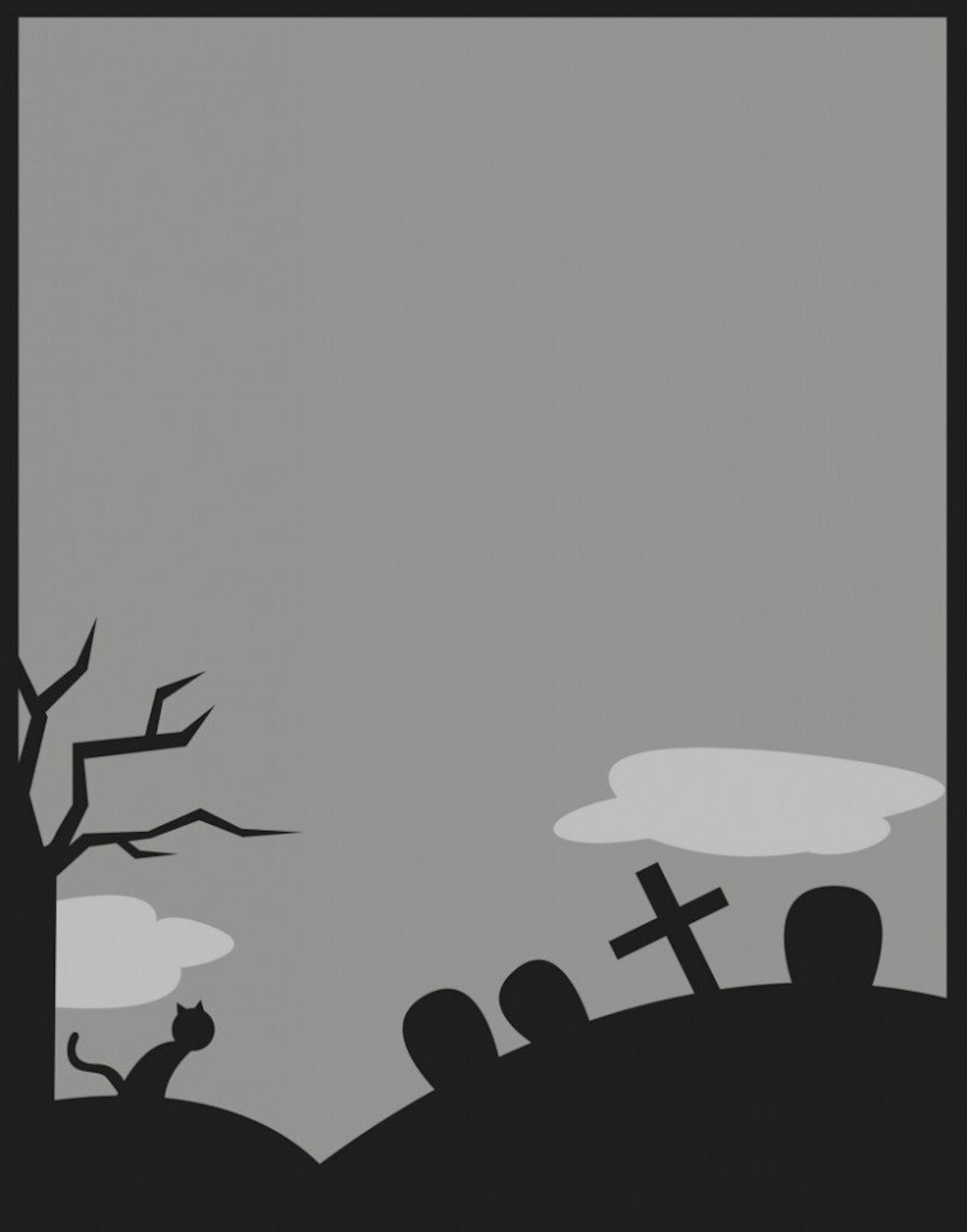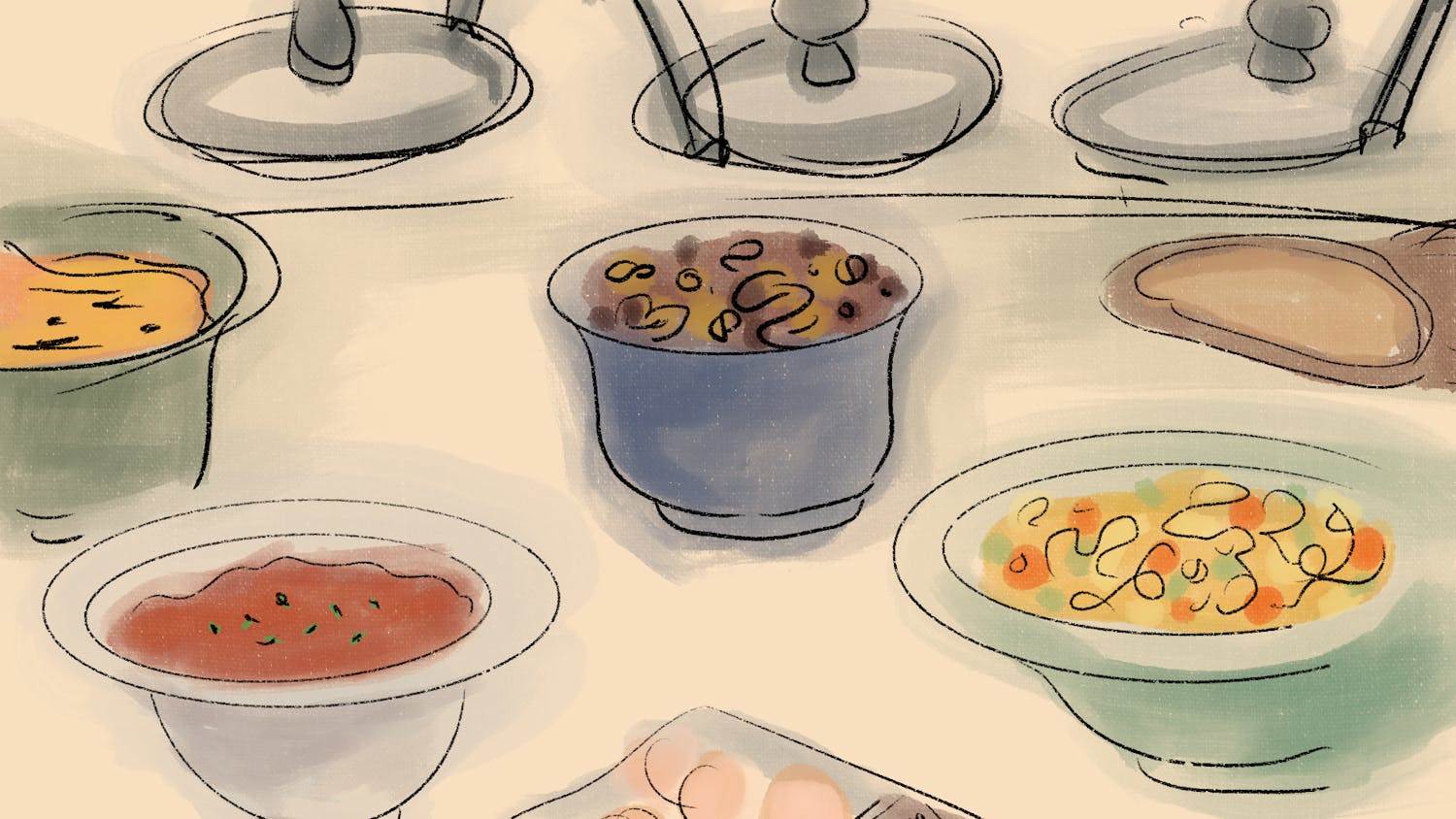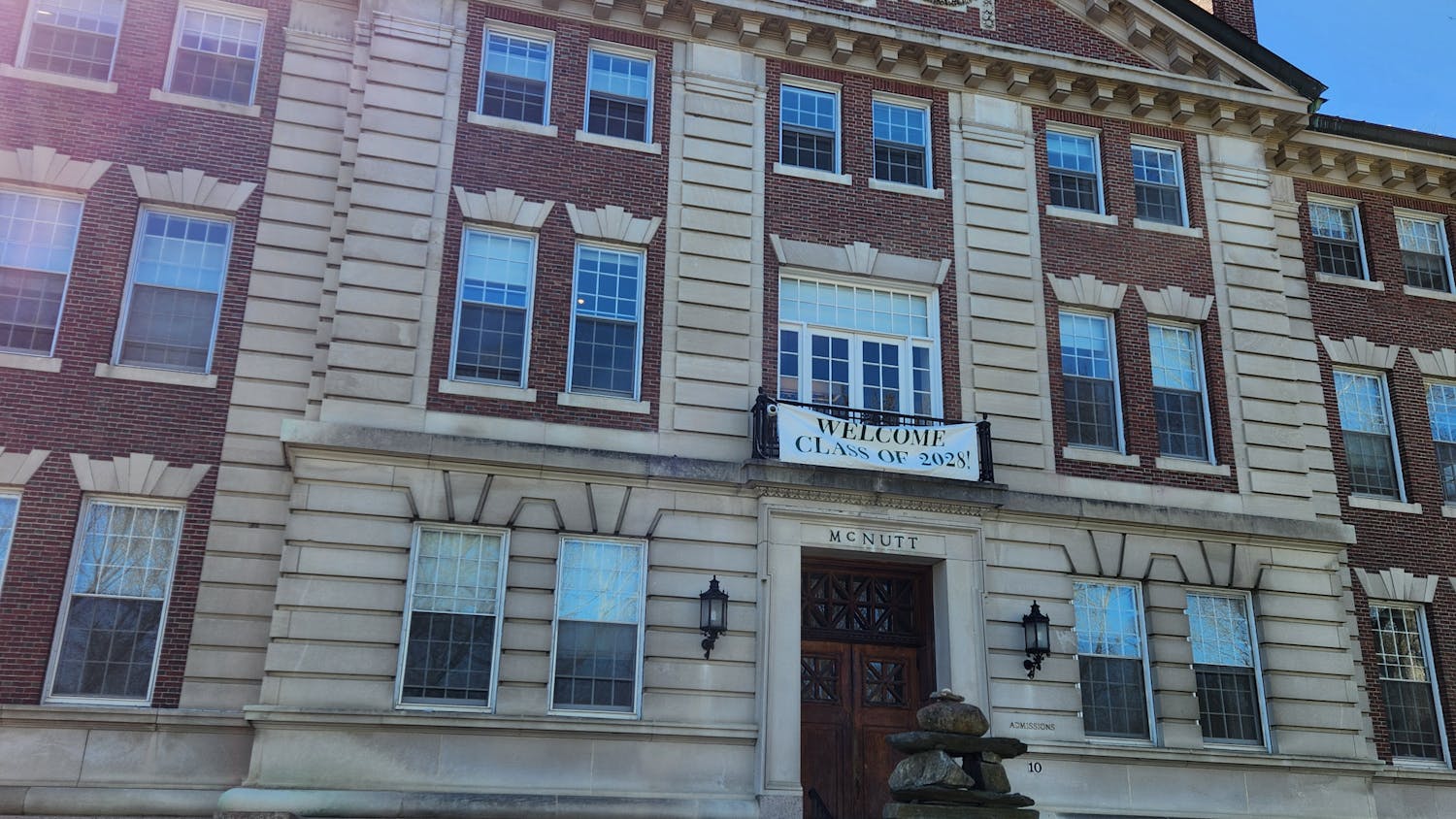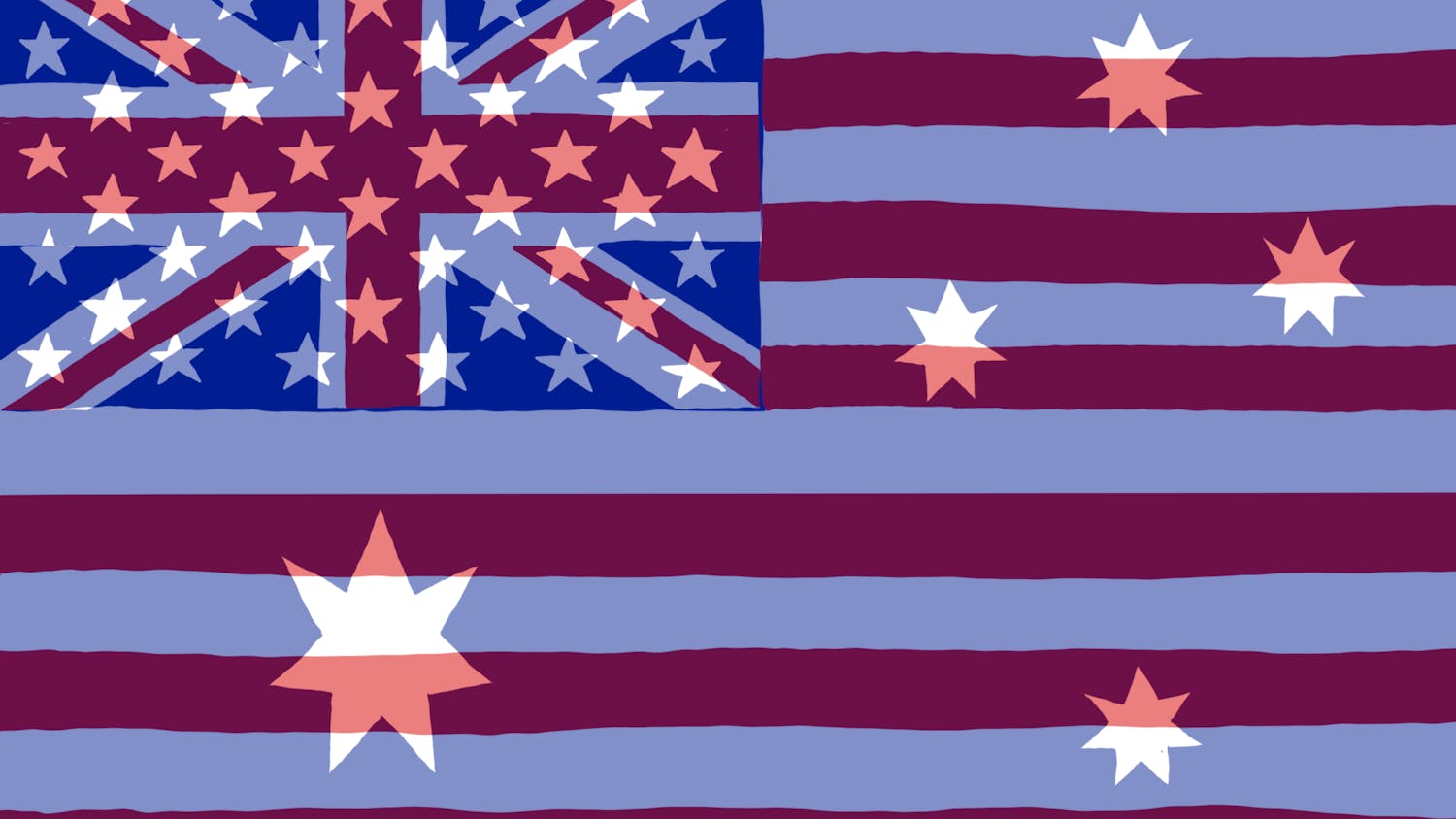In early December of 1895, relatives of the recently-deceased Joseph Murdock visited his grave in a Norwich cemetery. The Granite State Free Press reported that upon arrival, they discovered footprints in the snow and evidence that the grave had been disturbed. After further investigation, they discovered that Murdock’s body had been stolen and dragged across the snowy cemetery to the main road, where he was likely loaded into a cart and driven away. Less than a week later, two Dartmouth medical students were arrested for robbing Murdock’s grave.
On the night of the crime, medical students John Pearl Gifford and Joseph O’Donnell were serving as waiters at the Alpha Delta Phi banquet in Norwich, the New York Times reported. At 3 a.m., O’Donnell returned to the venue, the Newton Inn, to borrow a wagon under the pretense of driving his drunk friends back to the College. He returned the wagon and the horse after “carrying his companions home,” and spent the night at the hotel, the Times reported. Several days later, the robbery of the grave was discovered and all evidence pointed to Gifford and O’Donnell.
After pleading guilty in the Windsor county court, the two were fined $2,000 and $1,500, respectively, though their fines were both paid by the medical school. Both went on to practice as successful doctors, and Gifford was named valedictorian of his graduating class at the medical school.
Medical schools, Geisel included, have always needed bodies for their students to dissect. Today, institutions respectfully receive cadavers from individuals who choose to donate their bodies to medical research. But 200 years ago, it wasn’t quite so simple.
Before the 20th century, the process of body donation did not exist, and schools in rural areas often struggled to obtain specimens for dissection. At Dartmouth, many medical students took matters into their own hands and procured bodies in the most direct way possible — stealing them from graves. This phenomenon took place throughout the 1800s, resulting in town riots, high-intensity carriage chases and the arrests of at least two medical students.
Rauner Library processing specialist Ilana Grallert said grave-robbing was a popular practice in the 19th century. Medical schools would often hire outside contractors, called “anatomy demonstrators” to steal bodies for use in the classroom or encourage students to do the job themselves. It was common at the time to associate medical teaching and practice with grave robbing, so it comes as no surprise that New Hampshire passed a law prohibiting grave robbing in 1796 — the same year Nathan Smith proposed the foundation of a medical school to the College’s “Board of Trust.” The penalties for violating the law included a fine of no more than $1,000, a prison sentence of no more than one year and 39 lashes, journalist and medical historian Constance Putnam said.
In spite of the law’s stringent punishment, body-snatching incidents involving Dartmouth students quickly gave the Medical School a poor reputation in the region. Grave robbing became so prolific that drawings depicting body snatchings were printed beside the names of the graduating medical school class in several issues of the Aegis. Often the most infamous criminals were also the school’s highest achieving students, those willing to put everything on the line in the name of science.
Doctor Amos Twitchell was one of Nathan Smith’s first and favorite pupils. After graduating from the College in 1802, he lived in Norwich for several years while first practicing medicine. According to A History of Norwich Vermont by M.E. Goddard and Henry V. Partridge, Twitchell had a “notorious and unsavory” reputation for stealing bodies from nearby graveyards. During his time as a student and his first years of practice, he was known as “one of the most daring and adroit operators in this line,” Goddard and Partidge wrote. Yet his criminal activity had seemingly no effect on his success as a student or doctor.
Several years after Twitchell’s time at the school, another incident occurred that created a major rift between the school and the neighboring towns. The event is documented in Centennial Exercises. In the fall of 1809, a young medical student was sent to procure a body for use as a subject in class. He stole the corpse of a young boy from a recent grave in a neighboring town, but left traces that induced an investigation. Unbeknownst to him, he had left his pocketbook bearing his name at the grave, and later that day a sheriff with a search warrant appeared unexpectedly at the door of the lecture room. The sheriff found nothing, until on his way out he discovered a loose board “and under it the missing body, pretty thoroughly dissected.”
Following this, townspeople threatened to burn down College buildings, and for a while townspeople stopped burying their dead in public burial grounds. In an attempt to quell the local sentiment, Nathan Smith attended a town meeting held on the subject but was “violently thrust out, and mounted his horse and fled to escape further outrage,” the Express wrote.
In the wake of this upset, a committee for the medical school class wrote a letter of apology to the “honorable President and Professors of Dartmouth College,” which is currently archived at Rauner Library. In the letter, the students express regret for the disturbance caused by the grave-robbing incident, though as Rauner special collections librarian Jay Satterfield points out, the apology is not entirely sincere. He said the students likely viewed the townspeople as ignorant and superstitious for clinging to their dead.
“If you read it, there’s this kind of attitude of ‘we know better,’ within the medical community,” Satterfield said. “And that’s one of those things that starts to create those splits between the public and the medical world, and, you know, makes people distrustful of doctors. There’s a long history to that.”
The relationship between a doctor and a body was very different back then from how it is now. In the 19th century, there was a large stigma associated with donating one’s body for dissection. This was largely due to the Christian belief that in the Second Coming, people would need their bodies intact in order to rise from the grave to heaven. As a result, the only legally-obtained cadavers at the time came from condemned criminals who would be forced into donating their bodies as an added punishment.
“And the kind of assumption, I think, in some of this, was that these were people who weren’t going to heaven anyway,” Satterfield said. “So dissecting their bodies was not the same kind of desecration.”
Satterfield explained that now the view is very different.
“Now it’s considered a very honorable thing to donate your body to science,” Satterfield said. “It’s a very giving thing and the medical students are very respectful of the people who have done that, and they actually establish a relationship with the body.”
Satterfield used the story of Dartmouth’s grave robbing history to lead an exercise with first-year medical students in the “On Doctoring” course at Geisel. Most of the students were very surprised by the 19th-century attitude. At that point, the students were dissecting cadavers, and they had a very different relationship with the bodies than the medical students in the 1800s would have had.
“Doing something like this with the first-year medical students was really an interesting experience, because they’re really having an emotional time dissecting a cadaver,” Satterfield said. “You’re confronted with a lot of issues that you’re going to have to deal with as a doctor.”
At the College, certain classes also offer undergraduates the opportunity to work with donated bodies. Kelly Bach ’16 has experienced this in her anthropology class “Human Functional Anatomy,” which holds certain x-hours in Geisel’s Cadaver Dissection Lab. She said that before her class worked with a body, the lab director explained who the donor was and how he or she passed away.
“They very much so make sure that we are very aware that this is a human being and that we have the reverence that we should have for what we’re working with and what we’re seeing,” she said.
Bach said she appreciated learning about the donor because it helped her to be in the right mindset during the dissection, which she found to be a very strong learning experience. As a student planning to attend medical school, she said that she has the utmost respect for those who choose to donate their bodies to science. She considers donation a very big sacrifice.
“I just think it’s really great that somebody can feel that they are going to be shaping what the future of medicine will look like in America and how future doctors will be able to function with their patients,” she said. “I think that on the whole, medical students are very grateful and very understanding of the sacrifices that these people have put in.”




